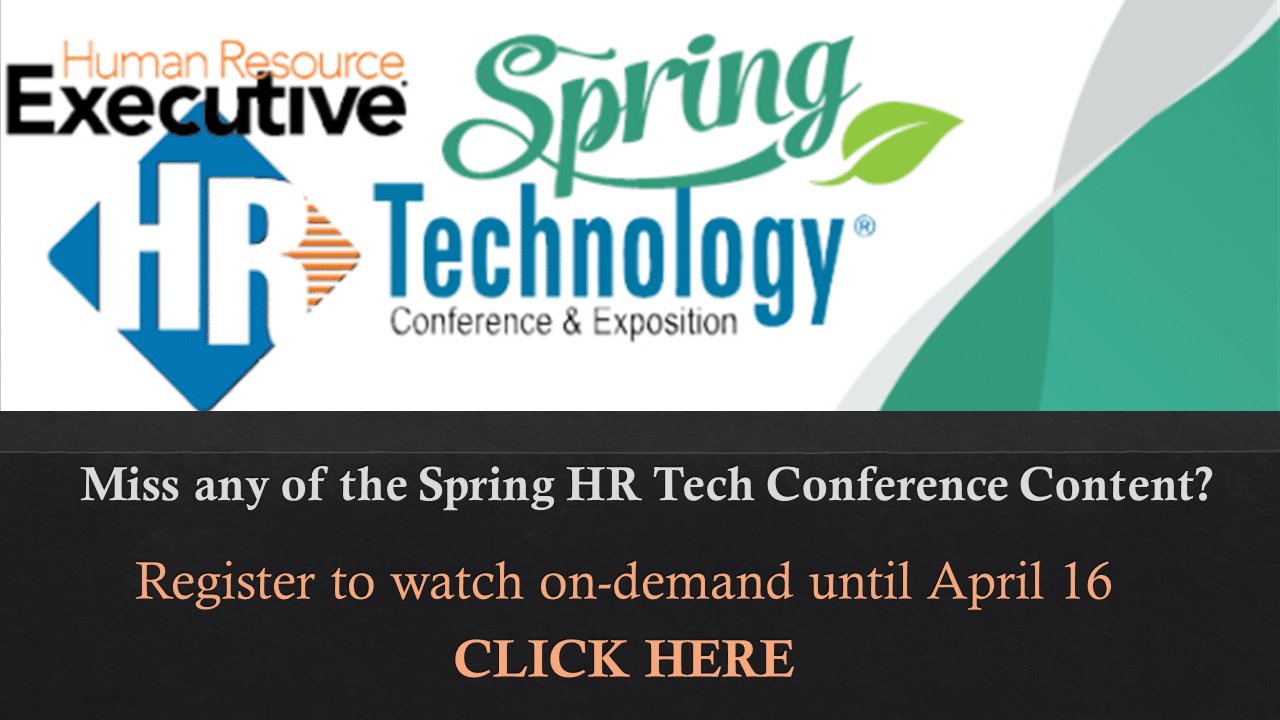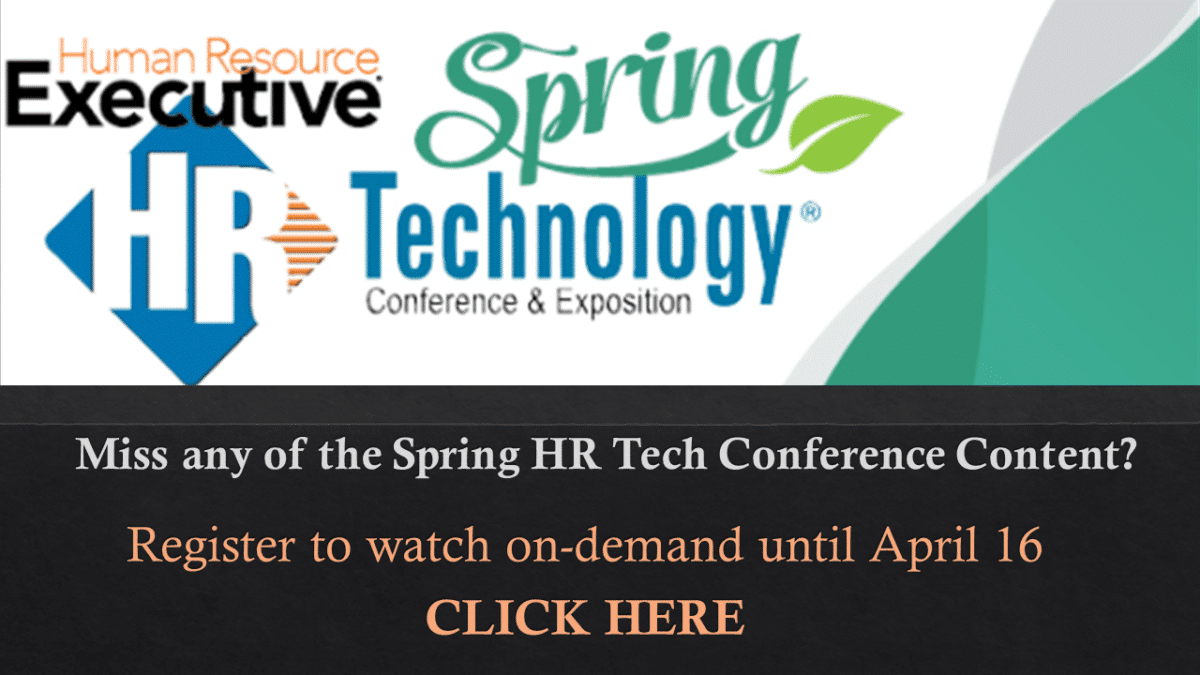A largely apparent fact that has been made abundantly more clear by the pandemic is that employees are oftentimes the best source of information about a company. They know about an organization’s customers, its operations and its safety procedures, and they know what’s working and what isn’t.
Yet the majority of companies, conduct, at most, annual employee surveys with big-picture, theoretical questions that don’t get at the heart of the organization or how employees are feeling.
“By the inherent nature of the employee-employer relationship, it puts HR and our business in a place of complacency. If you think about how social media—the Instagrams, the Facebooks of the world—charge at you, it’s on a regular basis. You’re being listened to, your preferences are being listened to,” Lydia Wu, head of talent analytics at Panasonic North America said Thursday at the virtual Spring HR Technology Conference & Exposition. “But really, when it comes to our employees, we kind of step back and wait until once a year. Can you imagine what your user experience would be like if Instagram just listened to you once a year?”
 To truly gauge feedback and get at what’s working and what’s not, organizations should embrace continuous listening and understanding, a strategy that gathers feedback often and across the employee lifecycle. From continually asking employees at all stages of the lifecycle, organizations are able to collect information and data and are more likely to not only keep employees loyal and more engaged, but also the organization running more smoothly.
To truly gauge feedback and get at what’s working and what’s not, organizations should embrace continuous listening and understanding, a strategy that gathers feedback often and across the employee lifecycle. From continually asking employees at all stages of the lifecycle, organizations are able to collect information and data and are more likely to not only keep employees loyal and more engaged, but also the organization running more smoothly.
The process also can address and zero in on some of the topics that are top of mind for organizations, without waiting until a certain time once a year.
“To me, the whole concept of continuous listening is really about HR becoming more agile,” Wu said. “It’s really about HR meeting employees where they are and ultimately shifting the perception of HR as a function through being able to better service our employees at the end of the day.”
Read all of HRE’s Spring HR Tech coverage here.
“Continuous listening is a consistent and reiterative process of figuring out why people are showing up to work every day, besides the paycheck,” Wu said.
Panasonic, Wu said, has deployed several strategies to gather continual feedback and makes sure to take the pulse of workers—and their managers—during their first year of their employee experience to “make sure their experience is what they expect, but more importantly that there is alignment in how we look at talent acquisition and how we match talent to roles.”
Since it started regularly surveying its employees, Wu said, Panasonic has noted a 0.9% uptick in the risk of resignations—admittedly not a large percentage, “but we attribute that to $1.2-$1.5 million in turnover costs across the organization,” she said. “So then that conversation became a lot more meaningful—do we want to deal with that money at the end with hiring and training talent, or do you want to take more of an engagement initiative that costs less than that amount and get more of that return?”

Josh Bersin
Feedback is vital for new hires, yet organizations often don’t engage with them as they should, noted industry analyst Josh Bersin during the session. “Employees who are three to six months into a new role, those are journeys where very important decisions are made on their part,” he noted. “If they aren’t happy in the first 2-3 months of their job, they aren’t going to stay or they’re going to have a bad impression for some time to come.”
Continual feedback always gives organizations and its leaders some data they didn’t know, he said. It can identify places in the organization where they can be effective, more efficient or make work easier for people.
That feedback is extremely vital during times of uncertainty and turmoil—like during the pandemic. Bersin said among the many surveys and research his institute has conducted during COVID-19, “the No. 1 factor that created a highly responsive, highly agile, highly business capable company was listening.”
“It wasn’t dreaming up a great idea and pushing it out. You need to do that too, but if you aren’t listening, you’re not doing your job,” Bersin said. “You should never shy away from these types of surveys.”
